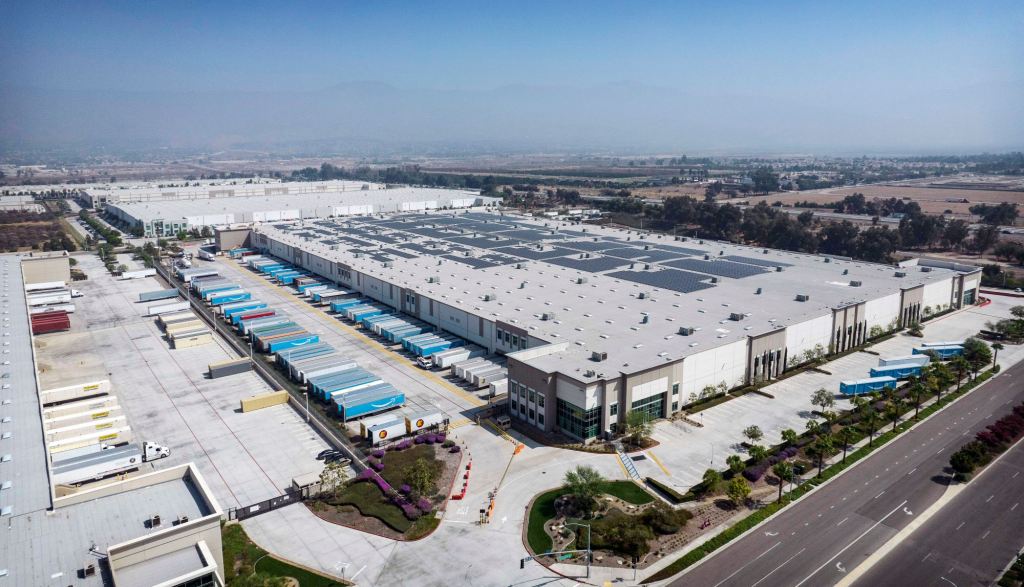
As commercial real estate practitioners, we spend our days advising owners and occupants of locations. These may be office, retail or industrial.
I’ve expanded my trade industrially for over four decades in Orange County and the Inland Empire. Over time, I’ve seen some wild swings in market activity — also known as buying and leasing.
The early 90s were mired in a deep sleep caused by the invasion of Iraq and the savings and loan implosion. We dealt with tepid demand until the middle part of the decade when velocity returned. The dot-com bubble bursting and the financial adjustment of the early- and mid-2000s caused quite a ruckus as well.
What followed was a spate of activity like no other we’ve seen until, well, 2020-2022. Now, we sit with a lack of demand precipitated by uncertainty. Recall, I wrote about that last week .
Today, I’d like to discuss a simple way to figure in which way we’re headed — up or down — with the scale pushed in favor of occupants or owners.
If there’s one thing I’ve learned over the years, it’s that gauging the market isn’t just about looking at vacancy rates or rent trends, it’s about understanding the balance of power between owners and occupants.
A simple, albeit informal, method I’ve used is what I call the “Sentiment Index.” Essentially, it’s a measure of who feels the pain — or the confidence — more sharply: those with the space to lease or sell, or those seeking to occupy it.
Right now, what I’m seeing and hearing suggests the scales are tipping in favor of occupants.
How do I know? Conversations with landlords have turned from boastful pride to cautious consideration. When owners and their representatives are more eager to have a “productive chat” about lease terms, you know we’re moving into a phase where flexibility and concessions might be on the horizon.
Subtle shifts in conversations
In fact, these shifts in tone can often signal broader trends before the numbers catch up. Let me give you an example.
Back in the early 1990s, during what many in the industry refer to as the post-Savings & Loan era, the signs of a cooling market weren’t apparent in the stats just yet. But for those of us on the ground, it was clear as day.
What tipped us off? The tone of conversations with owners changed from assertive to inquisitive: “What’s happening out there?” took the place of “We’re holding firm at this price.”
Today, I’m noticing a similar shift.
In the Inland Empire, where logistics had been king over the last five years, conversations that were once about jockeying for the best price per square foot have turned into careful discussions on structuring deals that create longer-term value.
For example, some owners are asking about the implications of rent abatement periods or tenant improvement allowances — areas where, in stronger markets, the negotiation wasn’t as flexible.
Indicators beyond the numbers
But why focus so much on sentiment? Because market reports and metrics, while useful, can lag behind the reality on the street. When deals are being renegotiated, terms are becoming more flexible, and incentives are starting to creep back in, it suggests that demand is softening relative to supply. And that’s exactly what I’ve been noticing lately.
For example, last month, I saw a deal come together for a mid-sized logistics tenant in Riverside. The lease was inked at a rate that, six months ago, would have raised eyebrows among the ownership crowd. But with looming uncertainty, the landlord chose certainty of occupancy over a speculative holdout for higher rents. To me, that’s an early indicator of where we’re headed.
Window into demand dynamics
On the occupant side, I find their actions can tell us just as much about market direction. When they start negotiating harder on expansion options or holding off on committing to large leases, it’s clear they’re sensing future uncertainty.
Right now, I’m seeing this play out with clients in the Inland Empire who are recalibrating their growth strategies to align with supply chain volatility and interest rate hikes.
If you ask an occupant why they’re hesitating, they won’t often point to market reports. Instead, you’ll hear things like, “We’re waiting to see if interest rates stabilize,” or “We’re worried about carrying costs if demand slips.” These concerns are less about where the market is now and more about where it’s headed.
In commercial real estate, the market doesn’t always shout its intentions—it whispers them through subtle cues. Right now, the whispers are pointing to a delicate balance, one that could easily tip in favor of occupants if uncertainty persists. The key is listening closely and responding proactively.
So, if you’re trying to gauge market activity, don’t just look at the metrics. Tune in to the conversations and observe the changes in sentiment. Those shifts can tell you more about where the market is headed than a spreadsheet ever could.
Allen C. Buchanan, SIOR, is a principal with Lee & Associates Commercial Real Estate Services in Orange. He can be reached at abuchanan@lee-associates.com or 714.564.7104.

